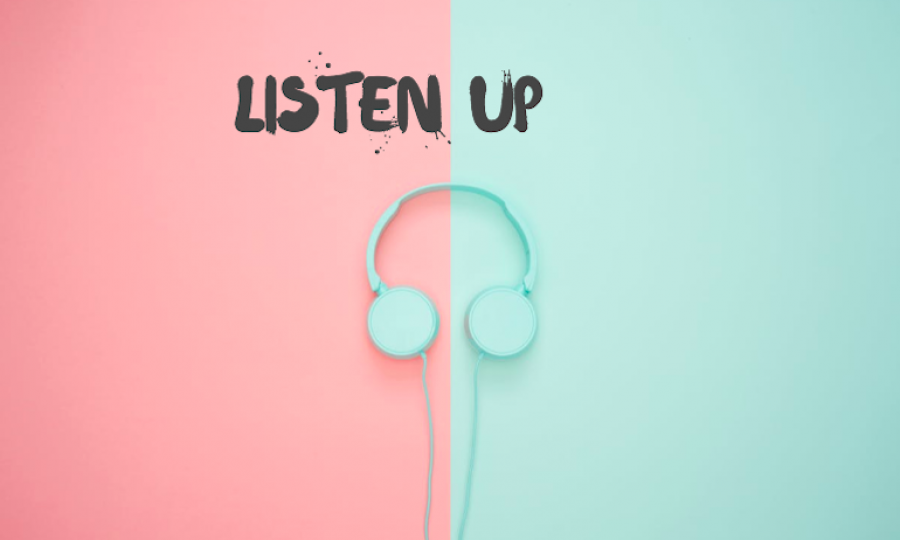Spotify recently doubled down on audio with the acquisition of Anchor, the WordPress for audio, as well as Gimlet Media which has positioned itself as premium, narrative storytelling delivered via podcast. And they’ve earmarked $500 million for future acquisitions which is undoubtedly a catalyst for the entire audio ecosystem to invest and build new models.
To date, we’ve seen the hardware and ecosystem side of voice heating up with the rise of Alexa, HomePod, Google Home, etc. We’ve seen the entire podcast content ecosystem become from wild west to more mature market, from home DIY content to small smart indie networks like Pineapple media, to more significant Hollywood style investments.
These big pieces are starting to come together, coupled with brands being reassured that they are getting their money’s worth by advertising on the media, with skunkworks Alexa skills, and also Apple being more forthcoming with analytics to bring a bit more transparency.
How can audio avoid the mistakes the web made? Where are the opportunities to leapfrog? Right now, audio is in a place of high quality, lower scale. We expect it to move to a position of lower quality but higher scale. Where that midpoint is, consumers will decide. But Spotify has the opportunity to be custodians and guide that.
If we look at the analogs to the web world, there are still significant problems to be solved: content discovery, audience building, and distribution. Take your Facebook feed, or those MLM ads on YouTube, imagine those from your favorite podcast host. Audio is still in that nascent spot before it gets overrun like a college graduate fresh in the workforce.
With more people creating more good voice content (brands and creators alike), there needs to be a mechanism for branded recommendation content, packaged in the stream of what you’re consuming.
A brand can spend hundreds of thousands on a branded podcast, or thoughtful in-stream ads, but they need energy and ears driven in a qualified way to hear them.
Content discovery and audio ads are an eloquent targeted way of delivering this. If you like this podcast, consider this one. To do that you need both semantic analysis of that podcast and contextual analysis to understand where to position yourself. I’m imagining YouTubes OTT ads will be an inspiration, they use machine learning to predict when is the best time during a show to give you an ad. In a way that gets you to watch but not abandon the ad or the content.
YouTube is a great use case here. Think about brand safety issues for audio. A few significant missteps here could put a dent in the progress of the industry. Who wants to be the brand sponsoring the Logan Paul saga. Nobody. No one.
Of course, this won’t be a concern until it is a concern and then it’ll be too late. The onus is on Spotify to help avoid this – if they desire to build a good quality eco-system. If they don’t, maybe that will be Apple’s foray. However – they’ve tended to not play here in the past.
So, what is the killer app for advertising on audio? What is the equivalent of Facebook in-feed or the Google Adwords of its time? How can Spotify create the mechanism to distribute audio at scale while avoiding the mire that the open web went through with banner ads. These are the questions that will impact how they spend that $500m through 2019.

Here’s what they should think about in that journey
1. Get brand safety right
Creators content does vary, so does the ad matching. If suddenly a podcast you want to be on goes awry you need to be able to have negative keywords or topics to avoid them.Taking a step further, you may also need to avoid that whole podcast altogether.
This means, engaging in the eco-system from the start. Partnering with the best and have this as an assumed part of the offering. Not a hedge till something blows up.
2. Get measurement right
Marketers don’t renew when they don’t know what they’re getting. The more transparency, the better. It might mean some harder conversations in the development of audio ad products, but it’ll mean a more robust product.
Be open up and upfront about measurement, start by over measuring then refine what are the most critical components for advertisers. The tendency is to start with less and then do more over time. But this erodes trust as every misstep. Whereas if you start with more, exhaust any negativity and zoom in on what’s most valuable. This action builds trust, transparency and brings marketers on the journey.
3. Keep the end listener front and center
This medium isn’t radio (a one to many message), the opportunity here is the one to one. Keep it personalized, and be mindful. Have frequency caps from day one – but across podcasts. And most of all, align advertiser quality. This act puts the most money in the content creators back pocket and the best experience for listeners.
In reality, this may mean some near-term trade-offs in scale and revenue opportunities but makes up for long term margin protection and lower acquisition costs. As a public company that is challenging but as a nascent area they can manage these expectations up front. The other thing, Spotify wants to protect their loyal customers. This dichotomy between quality ad eco-system and subscribers is a healthy one.
If these can come together in a seamless experience, this will help retain the charm, depth of engagement and quality that comes with the audio ethos we all love and elevate all digital advertising.

|
|---|

